How to Prevent Heavy Metal Contamination From a Pot?
westes Zone 9b California SF Bay
last year
Featured Answer
Sort by:Oldest
Comments (26)
Related Professionals
Waunakee Landscape Architects & Landscape Designers · Allentown Landscape Contractors · Kearny Landscape Contractors · Peachtree City Landscape Contractors · Fillmore Landscape Architects & Landscape Designers · Middle River Landscape Architects & Landscape Designers · Prairie Ridge Landscape Architects & Landscape Designers · Southfield Landscape Architects & Landscape Designers · Edmond Landscape Contractors · Fort Mill Landscape Contractors · Indio Landscape Contractors · Pompano Beach Landscape Contractors · Quincy Landscape Architects & Landscape Designers · New Baltimore Landscape Contractors · Welby Landscape Contractorsken_adrian Adrian MI cold Z5
last yearwestes Zone 9b California SF Bay thanked ken_adrian Adrian MI cold Z5daninthedirt (USDA 9a, HZ9, CentTX, Sunset z30, Cfa)
last yearlast modified: last yearwestes Zone 9b California SF Bay thanked daninthedirt (USDA 9a, HZ9, CentTX, Sunset z30, Cfa)westes Zone 9b California SF Bay
last yearwestes Zone 9b California SF Bay
last yearwestes Zone 9b California SF Bay
last yearwestes Zone 9b California SF Bay
last yearwestes Zone 9b California SF Bay
last yearwestes Zone 9b California SF Bay
last year- westes Zone 9b California SF Bay thanked daninthedirt (USDA 9a, HZ9, CentTX, Sunset z30, Cfa)
westes Zone 9b California SF Bay
last yearlast modified: last yearfloral_uk z.8/9 SW UK
last yearlast modified: last yearwestes Zone 9b California SF Bay thanked floral_uk z.8/9 SW UK- westes Zone 9b California SF Bay thanked daninthedirt (USDA 9a, HZ9, CentTX, Sunset z30, Cfa)
floral_uk z.8/9 SW UK
last yearlast modified: last yearwestes Zone 9b California SF Bay thanked floral_uk z.8/9 SW UKwestes Zone 9b California SF Bay
last year
Related Stories
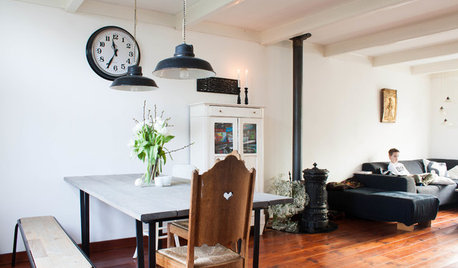
HOUZZ TOURSMy Houzz: Going Heavy on the Metal for Industrial-Style Beauty
Steel and iron pieces mix with antiques and heirlooms in an eclectic Netherlands home
Full Story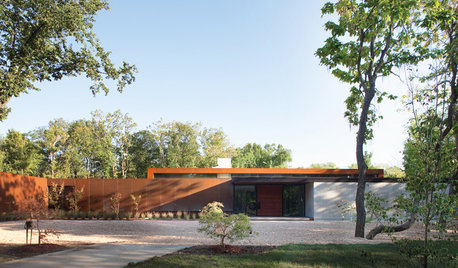
MODERN HOMESHouzz Tour: Heavy Metal Rocks a Modern Missouri Home
Steel shows up all over this single-level family home, but wood and other textures warm the look
Full Story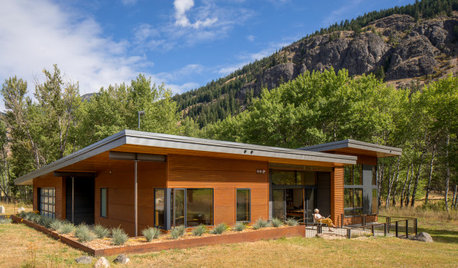
LANDSCAPE DESIGNHow to Make Your Metal House Feel at Home in the Landscape
Pull textures and hues from home to garden while allowing nature to take its course
Full Story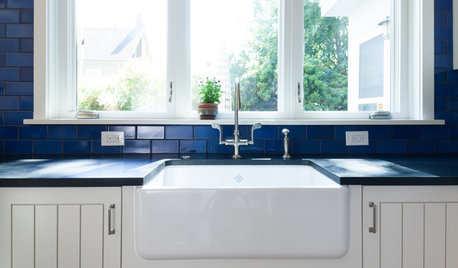
KITCHEN DESIGNKitchen Sinks: Fireclay Brims With Heavy-Duty Character
Cured at fiery temperatures, fireclay makes for farmhouse sinks that just say no to scratches and dents
Full Story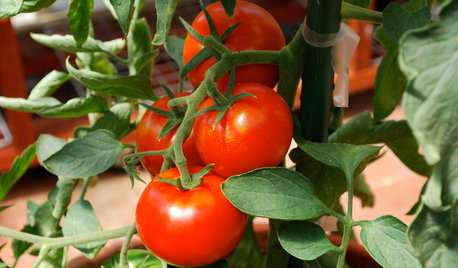
GARDENING 101How to Grow Tomatoes in Pots
Don’t have much space for a garden? All you need is a sunny spot and a large container to grow this favorite summer crop
Full Story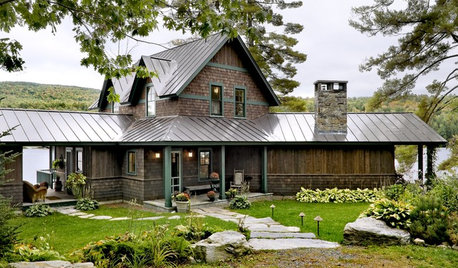
REMODELING GUIDESMaterials: The Advantages of a Metal Roof
Metal reigns in roofing style, maintenance and energy efficiency
Full Story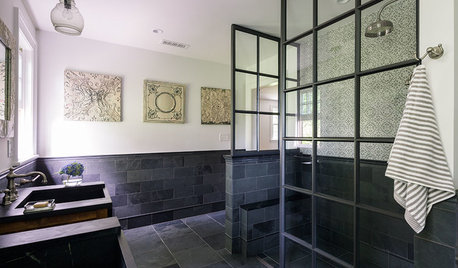
ROOM OF THE DAYDesign Ideas From 2016’s Top 10 Rooms of the Day
This year’s favorite rooms offer design inspiration from the bathroom to the basement
Full Story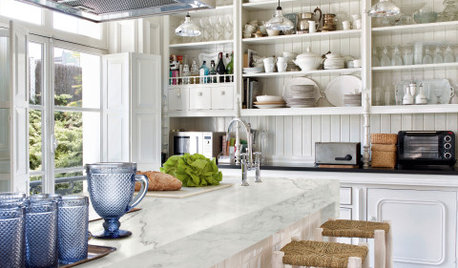
TRENDING NOW10 Kitchen Design Trends From New Products Coming in 2021
See the appliances, fixtures and features that stood out amid a flurry of introductions timed to the KBIS trade show
Full Story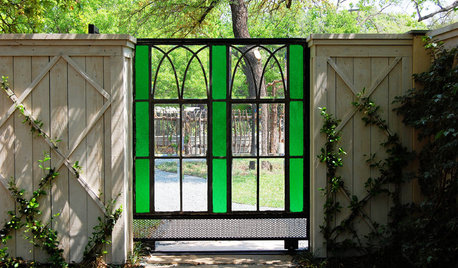
SALVAGEReinvent It: An Eclectic Texas Garden Grows From Creative Salvaging
Teardown pieces and upcycled finds turn a next-door lot into a garden brimming with vegetables and originality
Full Story
KITCHEN DESIGN16 Practical Ideas to Borrow From Professional Kitchens
Restaurant kitchens are designed to function efficiently and safely. Why not adopt some of their tricks in your own home?
Full StoryMore Discussions






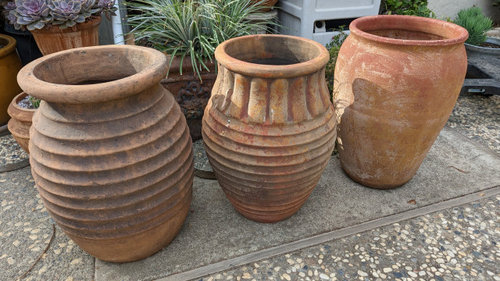

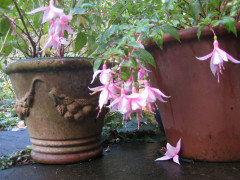




floral_uk z.8/9 SW UK